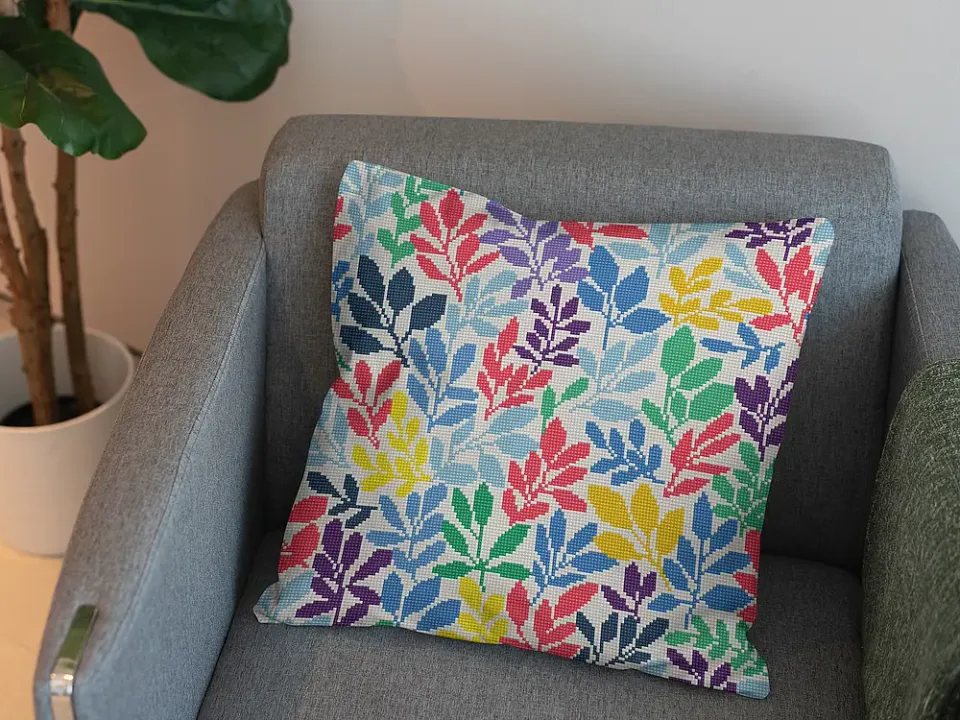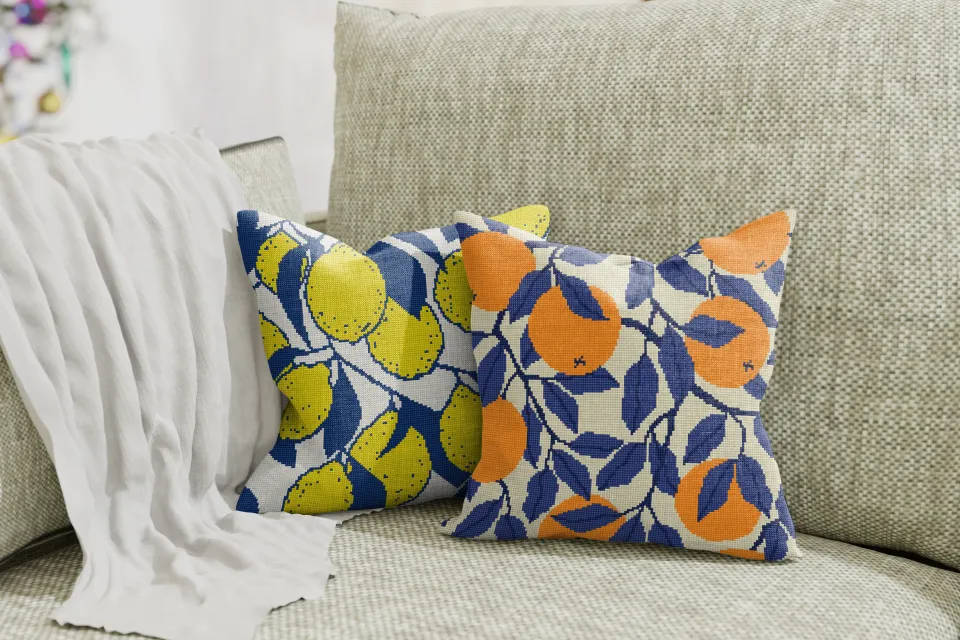How to Make a Needlepoint Pillow: A Step-by-Step Guide
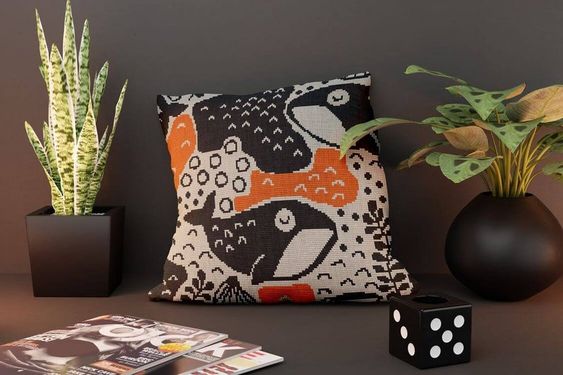
Preparing
Before delving into your needlepoint project, ensure you have all the necessary supplies at your disposal:
- Needlepoint canvas: Choose between mono or interlock canvas based on your preference and project complexity.
- Threads: Opt for colors and materials that speak to your creativity, such as wool, cotton, or silk.
- Tapestry needle: Select a blunt-tipped needle suitable for the canvas mesh size.
- Embroidery frame: Secure your canvas in place, keeping it taut during the stitching process.
- Scissors, a pencil, and graph paper (if using a counted needlepoint pattern) for designing your pattern.
Selecting the Perfect Design
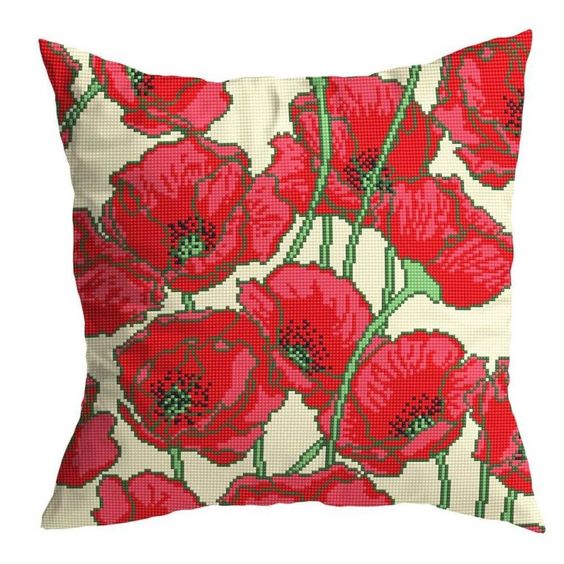
Let inspiration guide your selection process, whether it's an intricate floral pattern, a captivating geometric motif, or a cherished quote. You can either create your own design or choose from a pre-made pattern. If you're a beginner, starting with a simpler pattern to hone your skills is advisable.
Preparing the Canvas
Transfer your chosen design onto the needlepoint canvas using a pencil or a water-soluble pen. Leave ample space around the edges for the finishing touches and attach the pillow backing (proximately 1-2 inches).
Commence the Stitching
Begin by threading your needle and securing the thread's end at the back of the canvas. There are various stitch techniques to explore, such as the tent stitch or the basketweave stitch. Experimenting with different stitches will add texture and depth to your design.
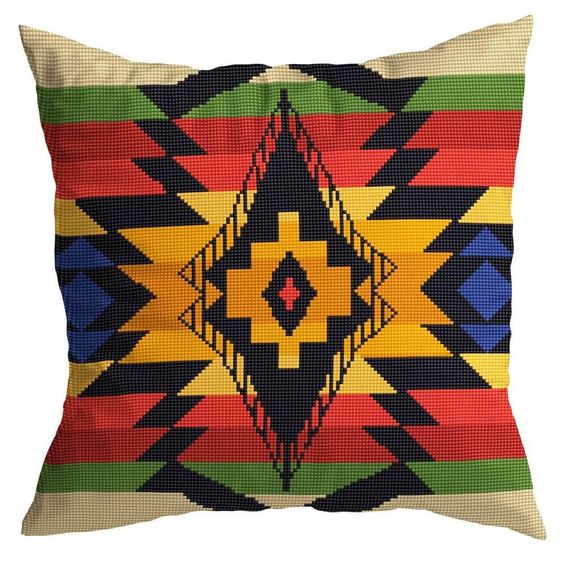
Three basic needlepoint stitches for the needlepoint pillow
Please use three basic needlepoint stitches for the needlepoint pillow: half cross stitch, continental stitch, and basketweave stitch.
Half Cross Stitch:
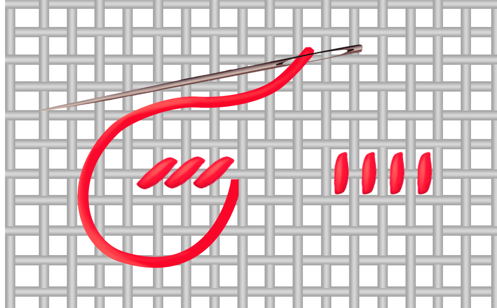
Although the half cross stitch doesn't provide comprehensive canvas coverage, it is easy to learn and suitable for limited areas requiring only a few stitches of a single color.
To begin, position the needle at the top left of your canvas or the designated block of color. Proceed from left to right in a row across the canvas, and then return along the row below. Some individuals find it convenient to work the return row by flipping the canvas upside down.
The distinguishing feature of the half cross stitch is its vertical stitch on the "wrong" side of the canvas.
Continental Stitch:
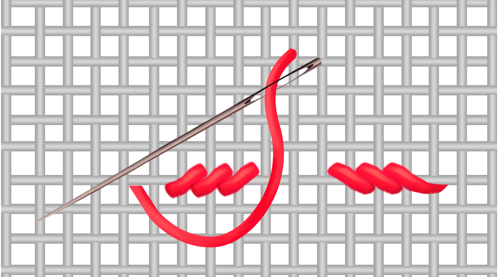
The continental stitch effectively covers the canvas but may cause some distortion. Nonetheless, it is ideal for working in smaller areas and is commonly used.
You will see a long diagonal stitch on the "wrong" side of the canvas.
Basketweave Stitch:
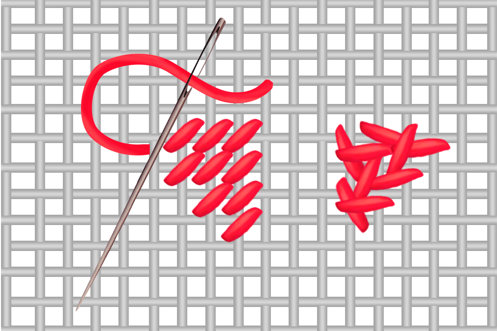
The needlepoint basketweave stitch is considered the most optimal among the basic needlepoint stitches. It provides excellent coverage of the canvas with minimal distortion. Whenever you encounter a large area to be stitched, it is advisable to employ the basketweave stitch.
This stitch derives its name from the basketweave pattern it forms on the "wrong" side of the canvas. Work this stitch diagonally, commencing from the top right-hand corner of the designated area.
Once your needlepoint masterpiece is complete, follow these subsequent steps to craft your pillow:
- Trim the excess canvas, leaving approximately a 1-inch border around the design.
- Choose a backing fabric that complements your needlepoint and cut it to match the size of the trimmed canvas.
- Align the needlepoint and backing fabric with their right sides facing each other and sew around the edges, leaving an opening for stuffing.
- Carefully turn the pillow right side out, and fill it with your preferred stuffing material.
- Sew the opening closed, and voila! Your custom needlepoint pillow is now ready to be showcased and admired!
With these simple yet essential steps, you can create a stunning needlepoint pillow that reflects your artistic vision and brings a touch of elegance to your living space. Happy stitching!
